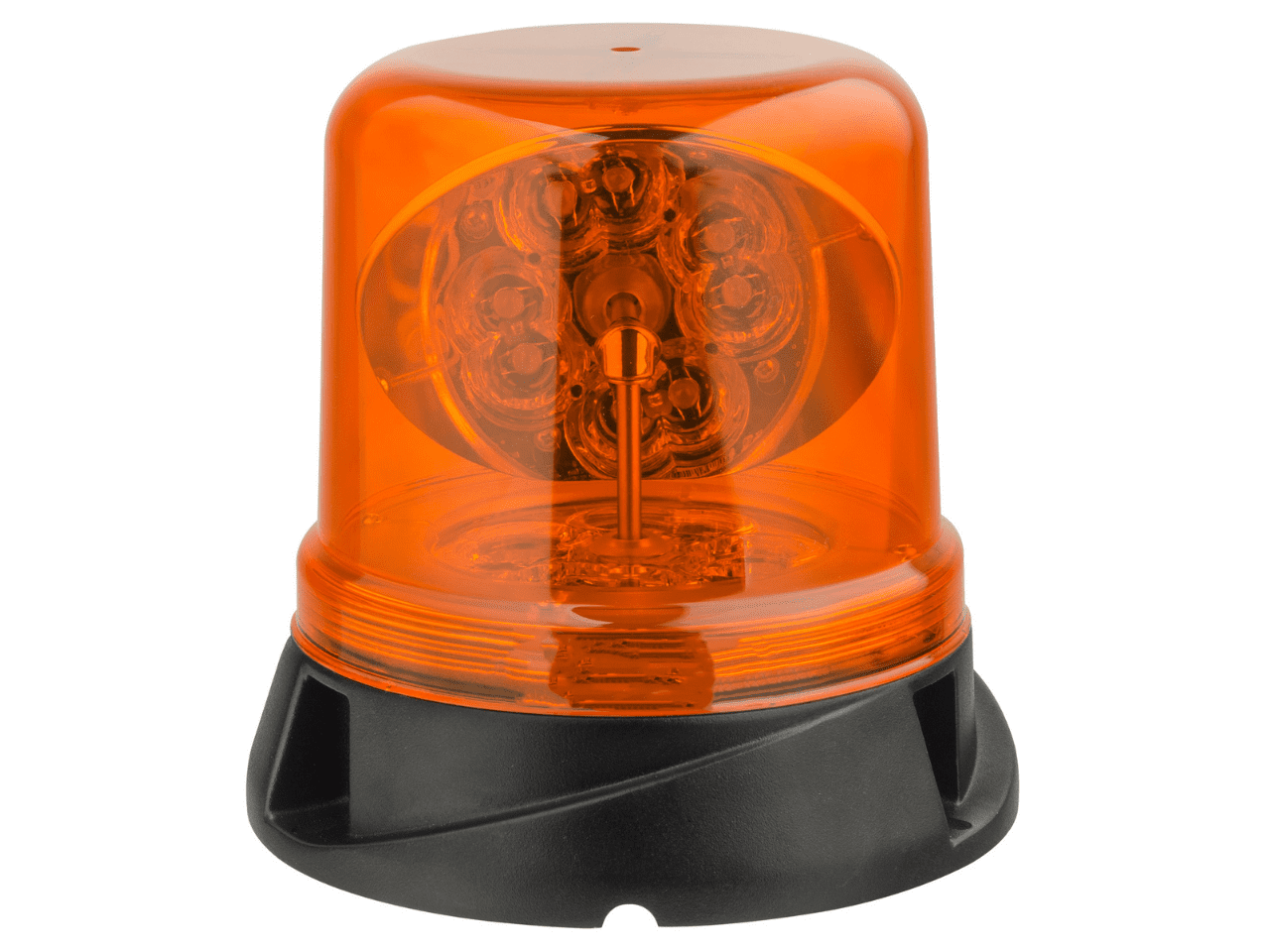Shop Menu
🚀 5% OFF Your First Order. Use Code FIRSTORDER5 🚀
LH517 Loader SCR
This SCR unit is built specifically for a Volvo or Sandvik LH517 Loader.
SCRs are an after-treatment system to significantly reduce emissions with the addition of AdBlue. The SCR Chamber burns up and treats DPM and gaseous emissions.
This SCR unit is built specifically for a Volvo or Sandvik LH517 Loader.
SCRs are an after-treatment system to significantly reduce emissions with the addition of AdBlue. The SCR Chamber burns up and treats DPM and gaseous emissions.
Click here to read more about diesel emission control.
What is Selective Catalytic Reduction?
Selective Catalytic Reduction (SCR) is an advanced active emissions control technology system that reduces tailpipe emissions of nitrogen oxides (NOx) down to near-zero levels in newer generation diesel-powered vehicles and equipment. The SCR system involves several components packaged together with other parts of the emissions control system. Each manufacturer has its variations of the type and sequencing of different components in the system.
How does SCR work?
SCR is an active emissions control system. Hot exhaust gases flow out of the engine and into the SCR system where aqueous urea (known as Diesel Exhaust Fluid, or DEF) is sprayed onto a special catalyst. The DEF sets off a chemical reaction in the exhaust on a special catalyst that converts nitrogen oxides into nitrogen, water, and tiny amounts of carbon dioxide (CO2), natural components of the air we breathe. The exhaust also passes through a particulate filter somewhere in the system and then is expelled through the vehicle’s tailpipe.
The design of SCR technology is such that it permits nitrogen oxide (NOx) reduction reactions to take place in an oxidizing atmosphere. It is called “selective” because it reduces levels of NOx using ammonia as a reductant within a catalyst system. The chemical reaction is known as “reduction” where the DEF is the reducing agent that reacts with NOx to convert the pollutants into nitrogen, water, and tiny amounts of CO2. The DEF is rapidly broken down to produce the oxidizing ammonia in the exhaust stream.
Why is SCR Important?
SCR technology is one of the most cost-effective and fuel-efficient technologies available to help virtually eliminate emissions from diesel engines. Since 2011, all heavy-duty diesel truck engines utilize SCR technology to comply with the latest EPA emissions standards.
These standards require reducing particulate matter (PM) and nitrogen oxides (NOx) to near-zero levels.
SCR can reduce NOx emissions by up to 90% while simultaneously reducing HC and CO emissions by 50-90%, and PM emissions by 30-50%. SCR systems can also be combined with a diesel particulate filter to achieve even greater emission reductions for PM.
The high efficiency of SCR systems in reducing NOx emissions allows manufacturers to balance engine performance and maximize fuel economy, while still achieving near zero emissions. Some SCR-equipped heavy-duty commercial truck operators report fuel economy gains of more than 4%.
Where is SCR used?
SCR has been used for decades as a primary control strategy for reducing industrial stationary source emissions. Beyond on-highway commercial trucks, some off-road engines and equipment like those used in construction and farming, marine, rail, and power generation also utilize SCR systems to comply with EPA’s fourth generation emissions standards, known as “Tier 4.” These standards require similar reductions in NOx, PM, and other pollutants as from on-highway vehicles. With its superior return in both economic and environmental benefits, SCR is also found in diesel-powered pick-up trucks, vans, and SUVs.
Credit – Engine Tech Forum
















